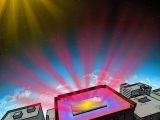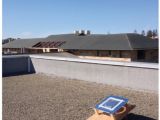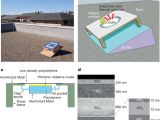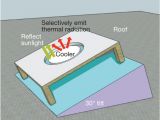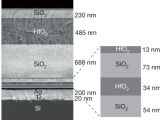During the winter, it is great if a building can capture and hold heat. Summers, though, can go well past human comfort zone in that regard, and it's the Sun that gets pointed fingers again. Stanford researchers believe they can do something about that.
Buildings can grow really hot during summer days, especially if there are no clouds and if they are located close to the equator or tropics.
Even if there is no tar layer (to insulate against rain), concrete itself can grow hot enough to burn skin. More importantly, it makes the insides of buildings grow too warm and dry.
It's not so bad if you own an air conditioning system. Then again, air conditioning can do a lot of damage to your bill budget.
Stanford researchers believe they have found a good way to prevent buildings from actually growing hot in the first place: mirrors.
The key is to reflect light back upwards
Researchers from Stanford have created a coating which can radiate heat away from the buildings, sending it straight up into outer space.
The Stanford team, led by electrical engineering Professor Shanhui Fan and research associate Aaswath Raman, have made a coating that reflects 97% of all sunlight, preventing it from entering and overheating the building in the first place.
Just as importantly, the coating sends heat-bearing infrared light right into space at a frequency that allows it to pass through the atmosphere without warming the air. This effectively eliminates global warming concerns.
So we have an invention that can not only reduce the need for air conditioning, but it does it while not impacting the environment otherwise.
All the while, the material layer only has to be 1.8 microns thick, which is thinner than the thinnest aluminum foil. Impressive, considering it's made of seven silicon dioxide and hafnium oxide layers, on top of a single thin layer of silver.
The possible dangers
The study doesn't spell it out, but the mirror-like approach might be a disaster waiting to happen, since the sun's reflection is enough to momentarily blind even the best of men. We don't need to spell out what this would mean for, say, airplane pilots.
However, if emphasis is placed on infrared radiation (invisible to the naked eye, it is more or less harmless to aircraft and people in general) and the mirror part is made in such a way as to ensure diffusion, it can be done.
Besides, it usually takes an actual focused laser to rattle airplane pilots, and a reflection of the sun should dissipate sufficiently in the distance between the top/sides of buildings and aircraft.
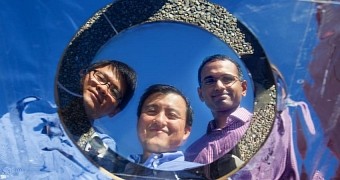
 14 DAY TRIAL //
14 DAY TRIAL // 
